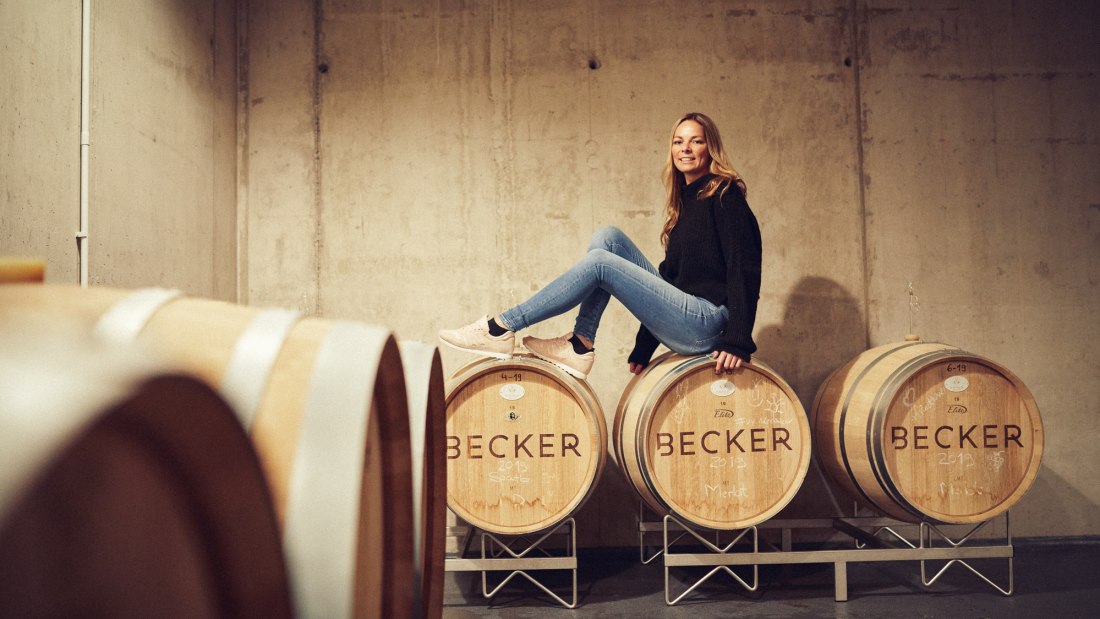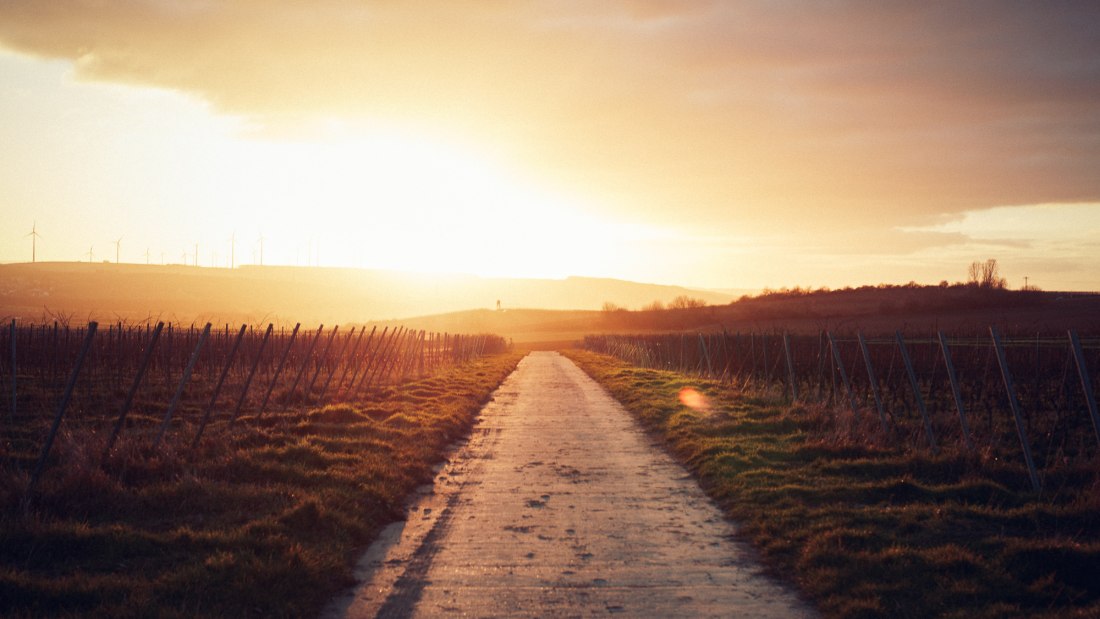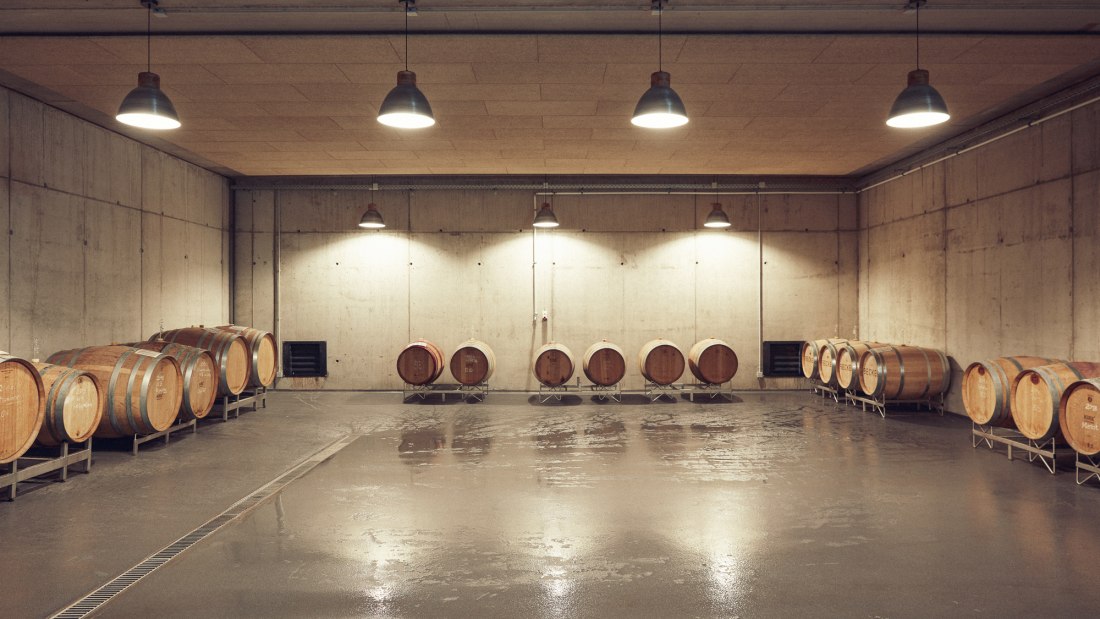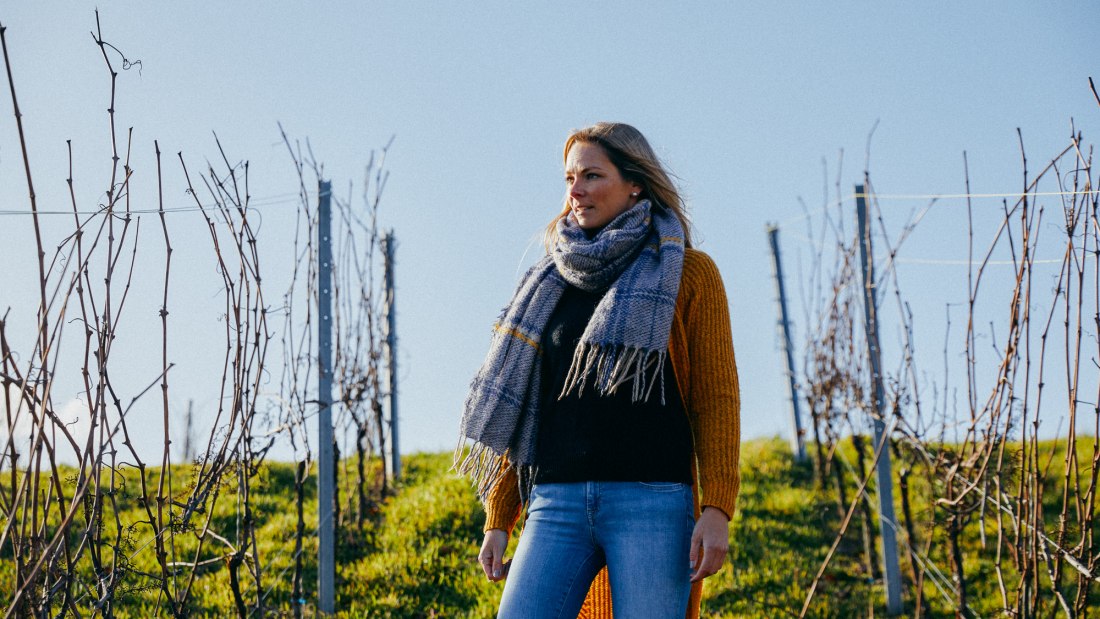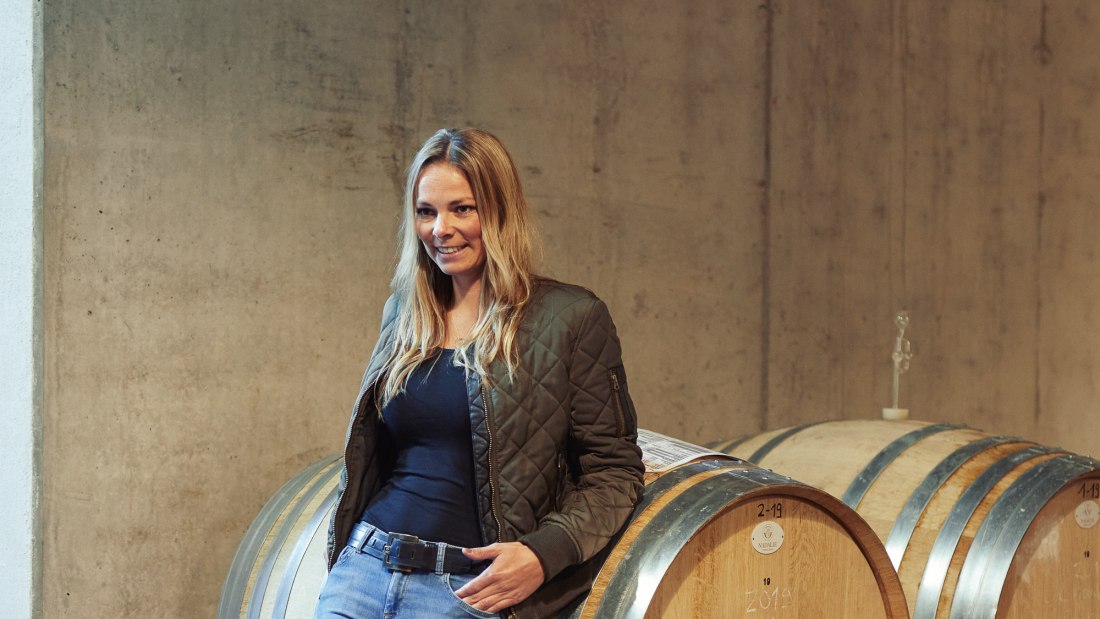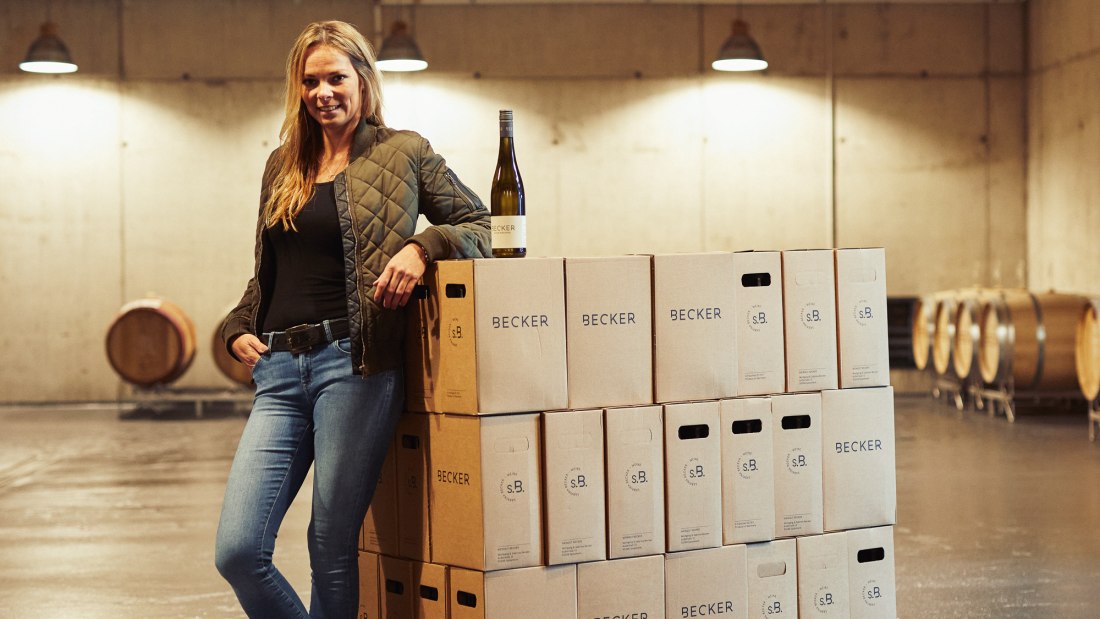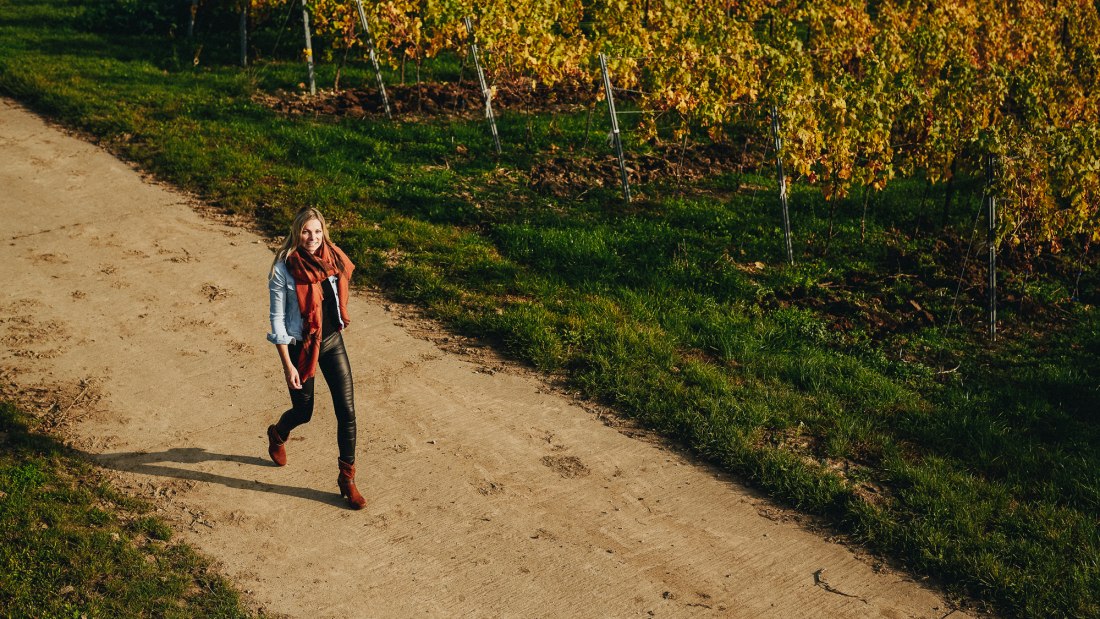Castle, villa, house? Hammerstein remains nebulous, its wines do not
When even name researchers are unsure and old stories from the village are mixed in this often leads to the wildest interpretations. There is talk of a castle, a fortress on the mountain. Name researchers disagree, as a castle would have been mentioned in the documents. But there is a grain of truth in it: Remains of a Roman "villa rustica" were discovered in the neighbouring "Im Sumborn" area. These ruins were probably interpreted as a medieval castle and coined the name. So much for the castle. But why the name Hammerstein? There are indications that the Imperial Counts of Hammerstein did have a say here in the early Middle Ages. Vines of all colours grow on limestone and marl on the single vineyard site, producing magnificent wines. And this is not an assumption, but a fact.
